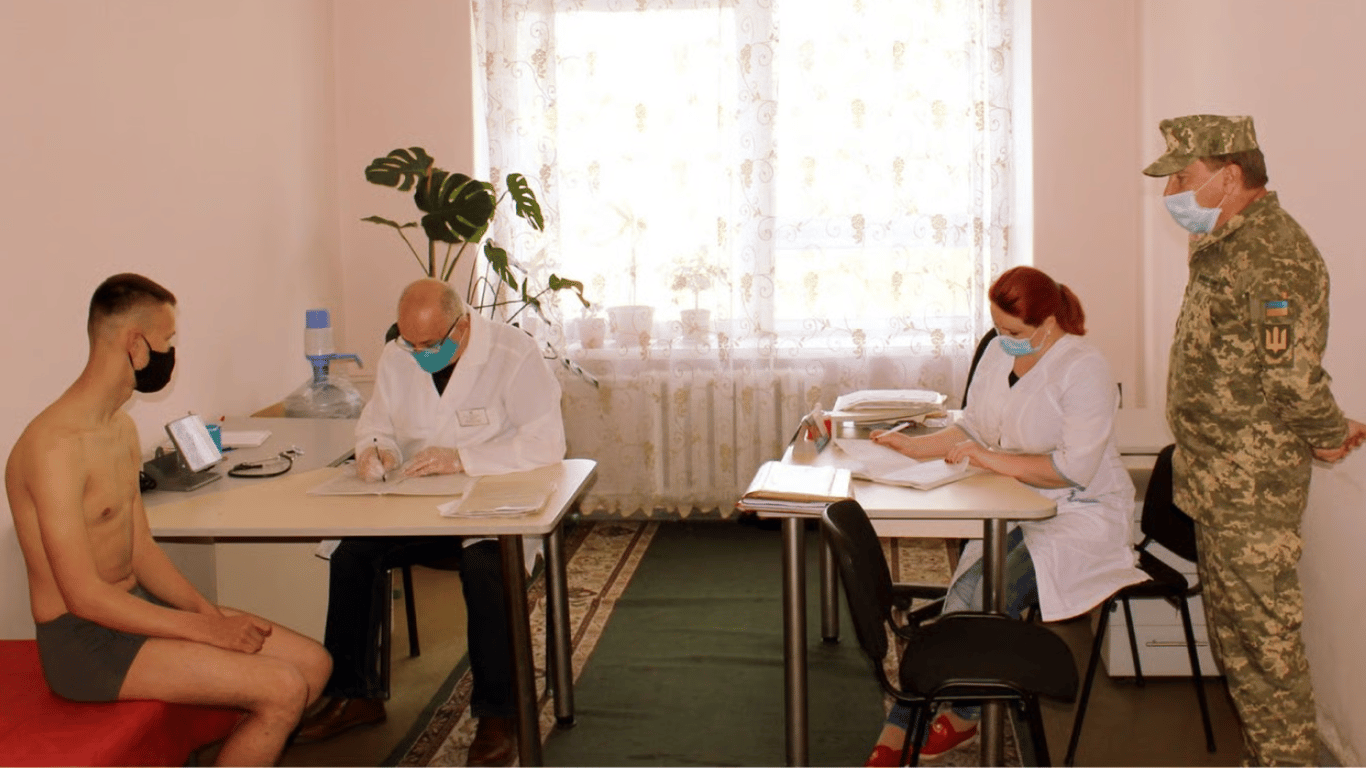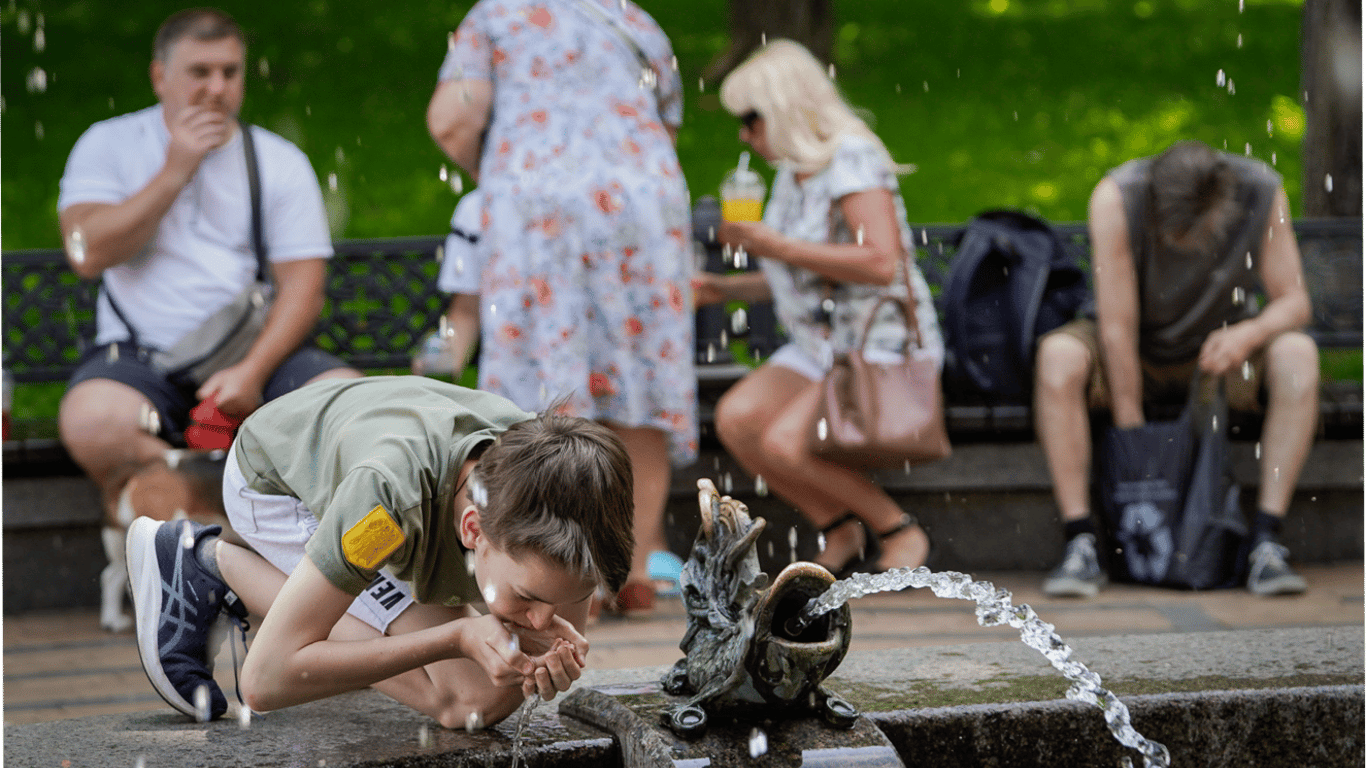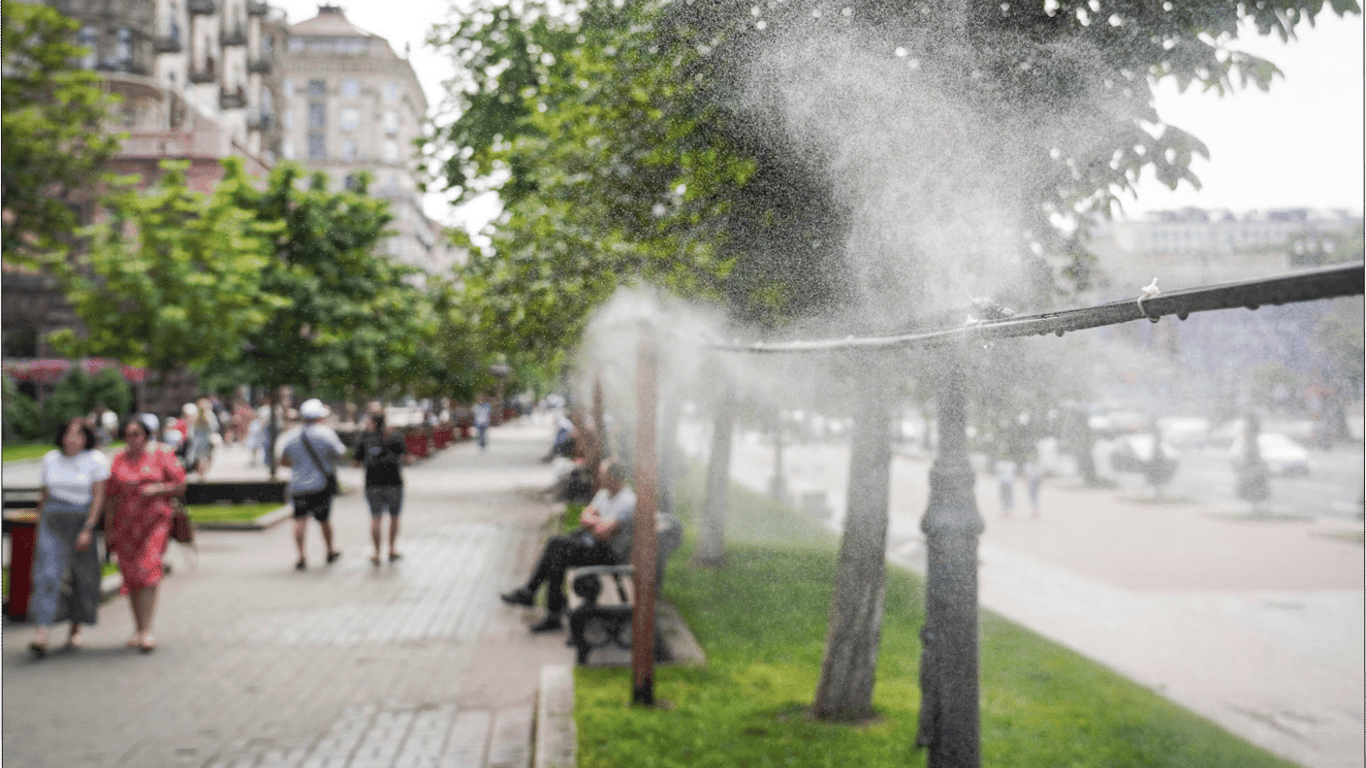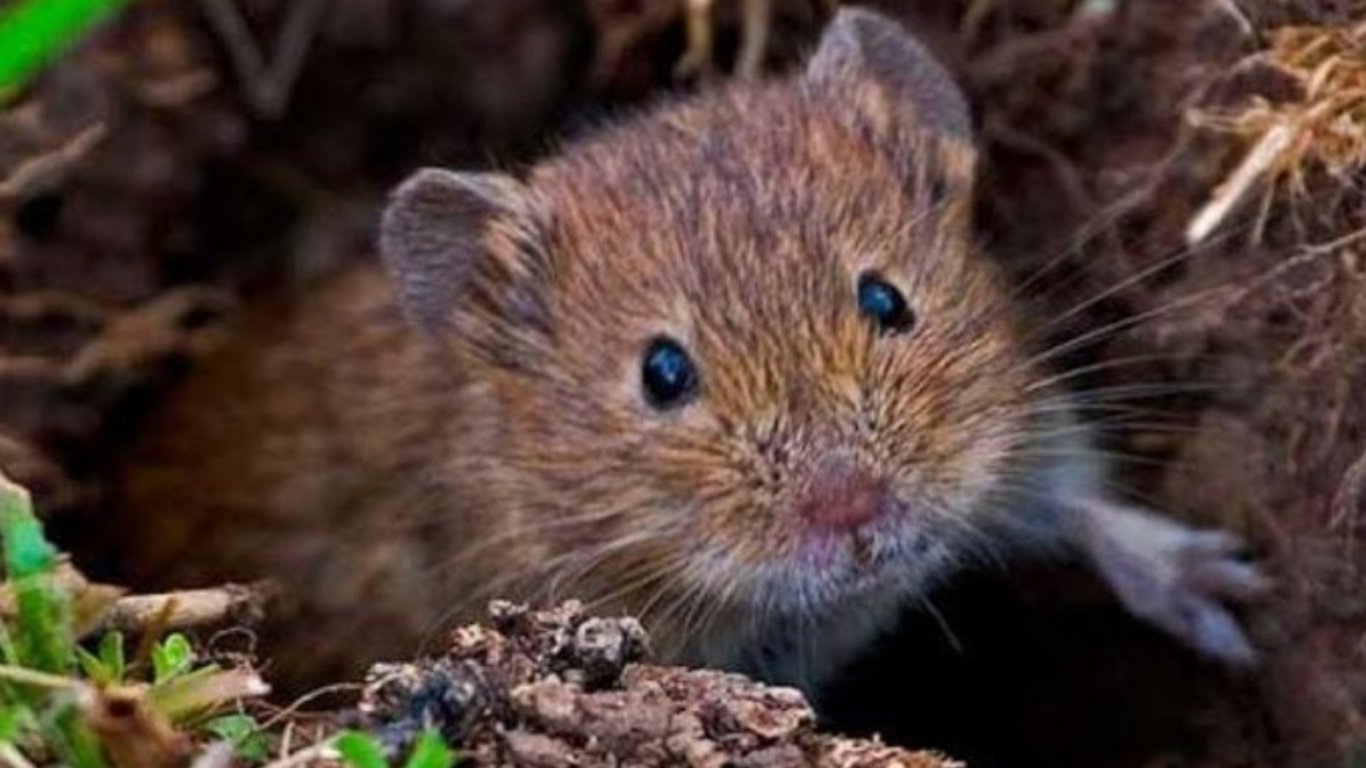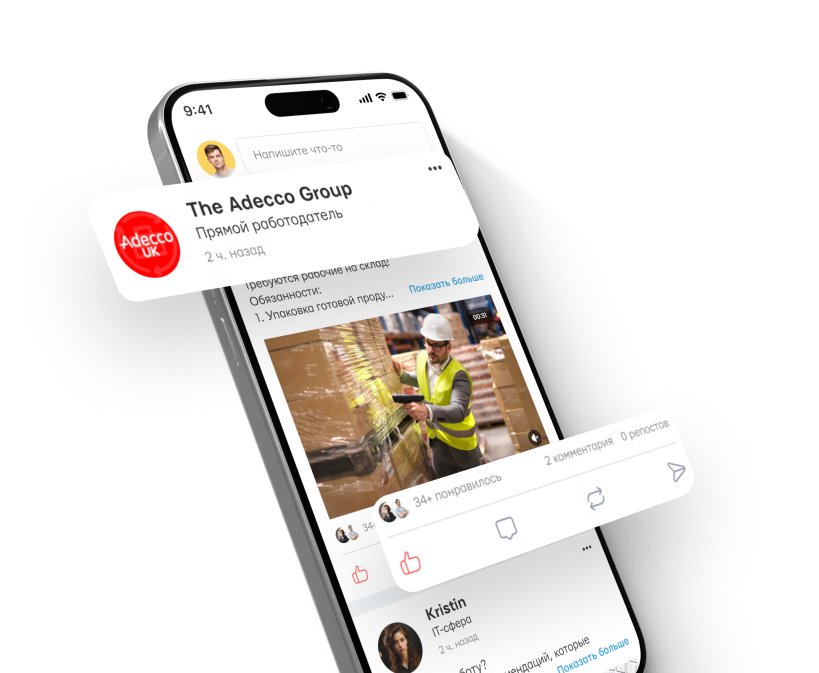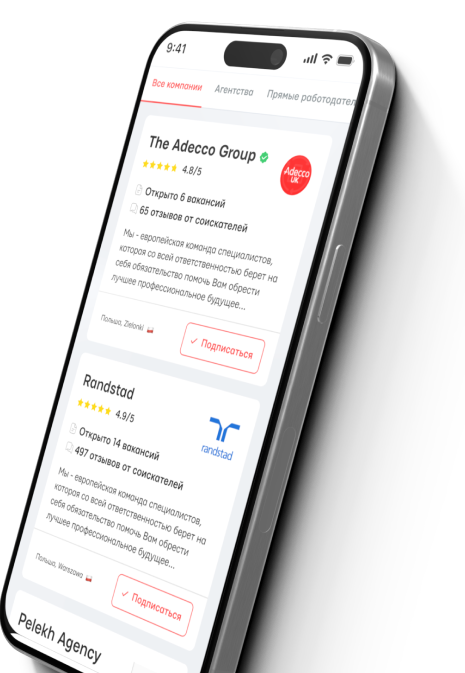How to spend summer vacation safely - a guide from a pediatrician.


Summer is a Time for freedom, water fun, and adventures. However, along with the sun and warmth comes an increase in risks. In wartime, familiar dangers are compounded by threats such as mine dangers, a lack of air conditioning in the heat, and complicated logistics for medical assistance. As a pediatrician, I have gathered advice for parents on how to spend the summer safely while maintaining health and peace.
Mine safety: how to teach children
Children are always curious and inquisitive, but this can be dangerous. Therefore, UNICEF, the Ministry of Education, and the State Emergency Service have created a website 'Super Team Against Mines', where cartoons and comics explain what explosive objects are and why they are not toys. If a child sees a suspicious object, they should move away from it and call adults. It is not advisable to walk in new places without confirmation from the sappers. Debris, shells, and casings are not 'souvenirs' and should not be in a child's hands. It is also not allowed to start a fire near suspicious items. Patron the Dog teaches children about mine safety in his videos on YouTube.
Water safety and during air alerts
Swimming is fun, but it should be safe. Children can swim only under the supervision of adults and in known places. If a child cannot swim, they should wear a life jacket or an inflatable ring. The duration of swimming should not exceed 20-30 minutes. Swimming in cold water is prohibited as it may lead to hypothermia. Additionally, it is important to always wear a head covering. In case of a fire alert, it is necessary to exit the water and move to a safe place. Sunbathing should only be done before 11:00 or after 16:00. Underwater games and dangerous actions near boats or whirlpools are prohibited.
How to recognize heat stroke
A child can overheat even without realizing it. Some symptoms may resemble a usual infection. The risk increases during games in the sun or in a car without air conditioning. Symptoms may include dizziness, confusion, hot skin, sweating, headache, nausea, and a temperature of up to 40°C. Rapid breathing may also be an indicator of increased body temperature. In case of suspected heat stroke, the child should be moved to a shaded or cool place, excess clothing should be removed, and their body should be moistened with a wet cloth or doused with room temperature water. Also, offer water or non-carbonated tea. In case of loss of consciousness, urgently call an ambulance.
Protection from insects
Mosquitoes, ticks, and wasps are small but dangerous creatures. Their bites can cause allergic reactions or infections. To avoid bites, it is recommended to wear closed clothing during walks in the forest or in the evening, use repellents (sprays or creams), and carefully inspect the child after each walk, especially on the head, neck, behind the ears, and on the bends of arms and legs.
After a bite, it is recommended to:
- Carefully remove the sting or tick.
- Wash the bite site with an antiseptic.
- Apply an antihistamine gel if the skin itches.
- If swelling, fever, or rash occurs, consult a doctor.
Summer is a time of joy and delight, but safety must always come first. Teach, prepare, and explain safety rules to children to ensure their vacations are warm, fun, and safe.
The article provides pediatrician advice for parents on how to ensure a safe and healthy summer for their children. It covers aspects such as mine safety, water safety and during air alerts, recognizing heat stroke, and protection from insects. It is essential to follow guidelines and recommendations to ensure safety during summer vacations.
Read also
- Certificates for the Military Medical Commission - which documents will not be considered by the Territorial Center for Recruitment
- Ukraine is to be hit by abnormal heat - which regions are in danger
- In which regions the heat will weaken tomorrow - forecast from Didenko
- Leptospirosis in Odesa Region - How to Protect Yourself from the Dangerous Disease
- Is there a danger for weather-sensitive people — forecast of magnetic storms
- The simplest vegetable for weight loss — its season is right now
